 Sjøforsvaret
Sjøforsvaret
A famous inheritance
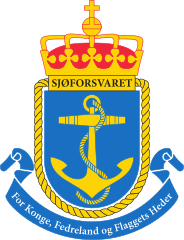 This country with proud and formidable Viking traditions was Christianized around the year 1000, especially during the reign of the “Missionary Kings”, including Olaf Tryggvason. Norway embraced Luheranism in the 17th century, but stayed since 1430 united in a sort of dual monarchy with Denmark. In fact Denmark became more omnipotent and the Kingdom of Norway lost its independence in fact in 1536, being integrated in “Greater Denmark”. It was only at the beginning of the 19th century, thanks to the Napoleonic wars that the situation began to change. A Danish-Swedish confrontation led in 1814 to the cession of Norway to the Swedish Kingdom, and the creation of a National navy as well. However, the reluctance of the population, fueled by Prince Christian Frederick, resulted in the constitution of an assembly at Eidsvoll. Norway became independent and the Prince became King of a parliamentary monarchy.
This country with proud and formidable Viking traditions was Christianized around the year 1000, especially during the reign of the “Missionary Kings”, including Olaf Tryggvason. Norway embraced Luheranism in the 17th century, but stayed since 1430 united in a sort of dual monarchy with Denmark. In fact Denmark became more omnipotent and the Kingdom of Norway lost its independence in fact in 1536, being integrated in “Greater Denmark”. It was only at the beginning of the 19th century, thanks to the Napoleonic wars that the situation began to change. A Danish-Swedish confrontation led in 1814 to the cession of Norway to the Swedish Kingdom, and the creation of a National navy as well. However, the reluctance of the population, fueled by Prince Christian Frederick, resulted in the constitution of an assembly at Eidsvoll. Norway became independent and the Prince became King of a parliamentary monarchy.
Sweden failed in its diplomatic attempts and launched a victorious offensive. As a result of the Moss agreements, Norway retained its autonomy but was attached to Sweden in an new Union which lasted until 1905.
The Kingdom’s economic situation was not brilliant though, aggravated by a conflict between the Norwegian Parliament (The Storting) and the Swedish Royalty which had authority over Norway. It was not until the very end of the nineteenth century that the people could begin to think of leaving the forced union with Sweden: On June 7, 1905, following the resignation of the government, the parliament took the decision of an unilateral move of Norway out of the union that was dissolved. King Hakon VII ascended the throne, and the situation in Sweden began to slowly improve economically. But the country was still poor and suffered mass emigration towards America.
Articles
Haarfarge class coast defence ships (1897)
Norge class coast defence ships (1900)
Scorpionen class monitors (1866)
Monitor HNMoS Thor (1873)
Cruiser HNOMS Frithjof (1895)
Cruiser HNOMS Viking (1891)
Draug class Destroyers (1908)
Varg class TBs (1894)
Hval class TBs (1896)
Hvas class TBs (1898)
Ravn class TBs (1903)
Teist class TBs (1903)
Submersible Kobben (1909)
Minelayer HNOMS Fröya (1916)
Minelayer HNOMS Glommen (1917)
The Norwegian Navy
In 1905 the union between the Norwegian and Swedish kroner was coming to an end, and Norway had only a modest fleet of coastguard and torpedo boats. The weakness of the industrial means of the country forced the government to order its largest units in England, contrary to the Swedes. This fleet was limited to a monitor and 4 coastal battleships, 4 gunboats, a destroyer and 12 torpedo boats. The total strength was 1000 active men reinforced per 1000 conscripts. It was planned to build additional units before 1914: 3 destroyers, 3 torpedo boats, 4 submersibles, and two other coastal battleships were planned.
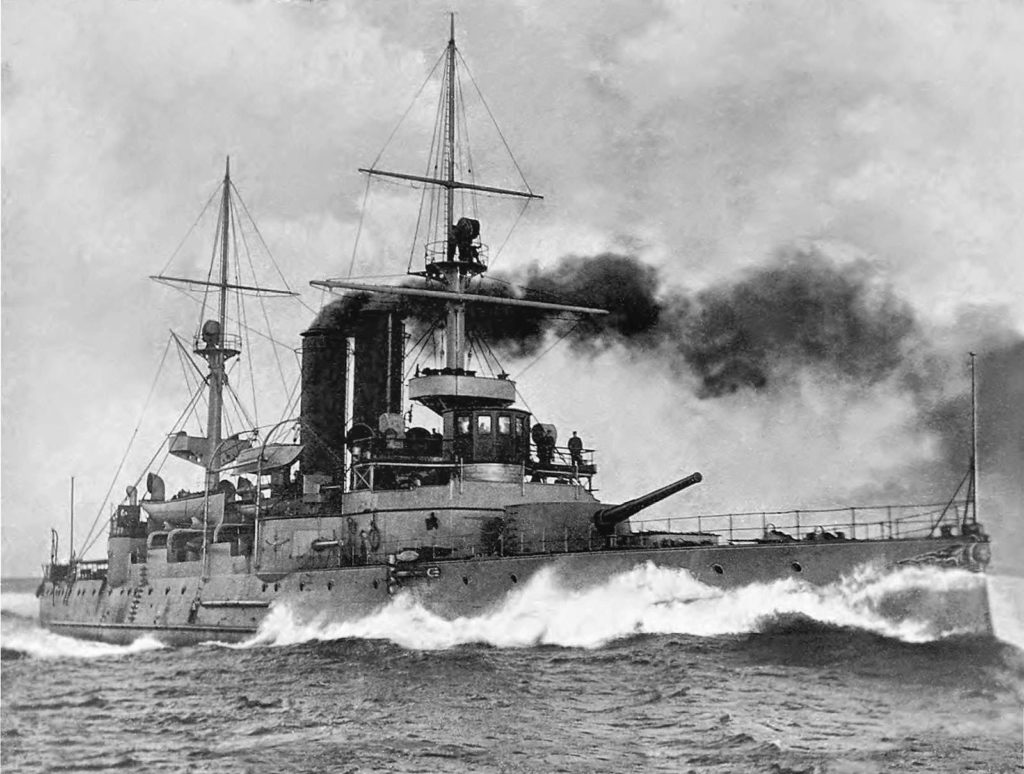
Coastal Battleship HNoMS Norge
Neutral during the war, Norway did not suffer so little was its commercial traffic. Only his iron, also interested English and German, and was the point of attention of his big neighbors. The navy carried out mainly missions of mines dredging and coastal surveillance. However, Norwegian neutrality leaned rather on the side of the allies. In 1916, for example, she intercepted a German diplomatic bag infected with germs intended to contaminate the pockets of plasma intended for the wounded English. It was also proposed in 1918 to involve Norway in stalking the U-Bootes by equipping it with the latest English acoustic equipment, but the proposal had no follow-up. Norway did not take part in the battles of the Great War, its fleet carrying out surveillance missions and remaining alert. Here is what it contained:
4 Coastal Battleships: 2 class Norge (1900), 2 class Haarfarge (1897). Expected (ordered in 1913: 2 class Nidaros, they were requisitioned by the RN in August 1914 and integrated as HMS Gorgon and Glatton).
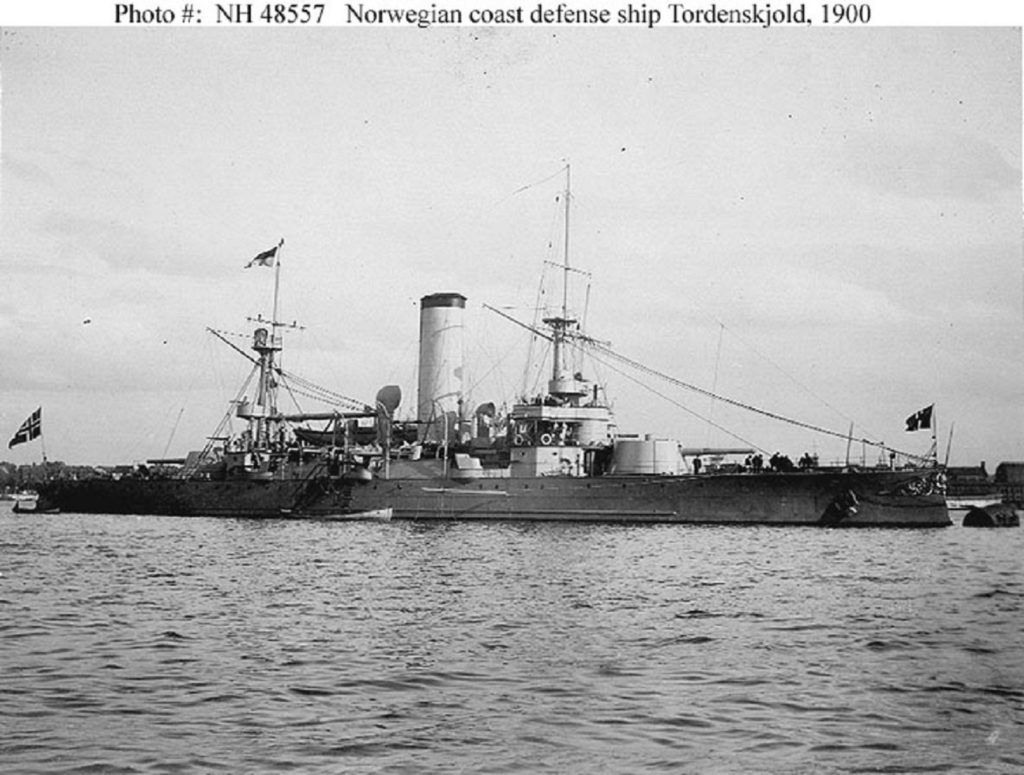
HNoMS Tordenskjold
2 Cruisers: Frithjof (1895), Viking (1891). These two low-tonnage ships were rebuilt and rearmed in 1904-08. Frithjof served as a training ship.
4 Destroyers: Recent: 3 class Draug (1908-13), Valkyrjen (1896).
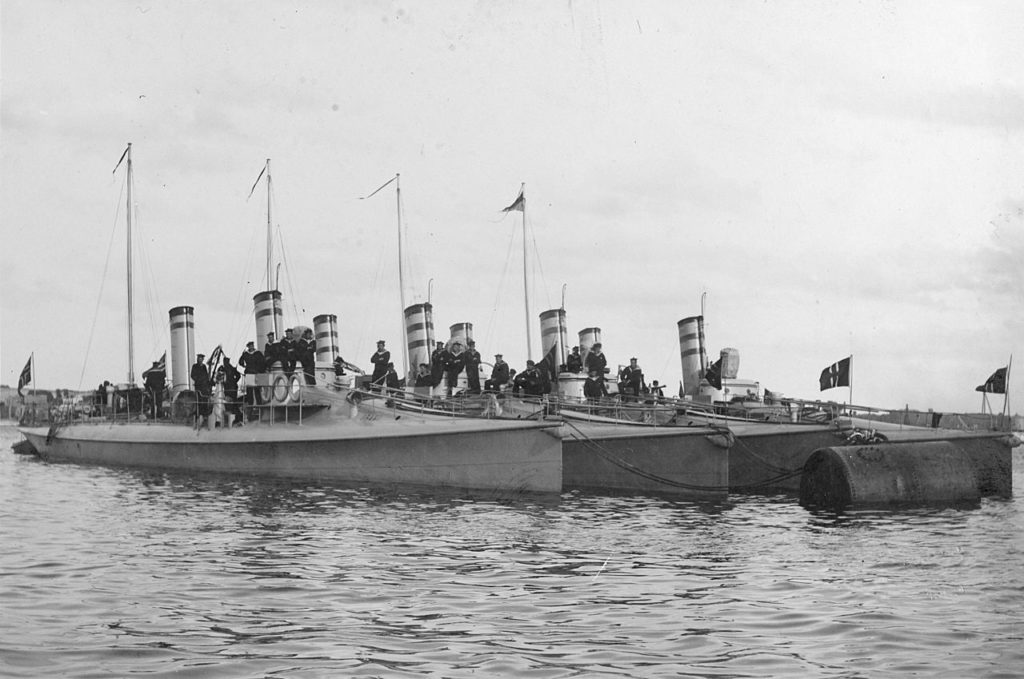
40 Torpedo Boats:
First class: 3 class Teist (1906), 10 class Hval (1896-1901).
Second class: 5 class Ravn (1903), 4 class Hvas (1900), 8 class Varg (1894), 3 class Snar (1888), 4 class Of (1882).
Third class: Rap (1872), Ulven (1878), Myg (1899).
4 Submersibles: Köbben (1909), 3 class A2 (1913). Built in Germany.
11 Miscellaneous: Gunboats Aeger (1893), Ellida (1880), 2 Gor class (1884), 5 Vale class (1874), 2 class Rjukan (1860).
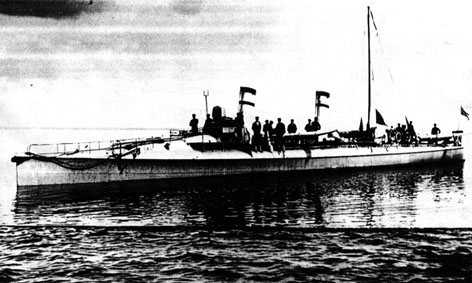
HNoMS Sael
Tonnage 1914:
Armored Coast Guard 4 – Cruisers 2 – Destroyers 1 – Raiders 40 – Submersibles 4 – Miscellaneous 11
The Norwegian Navy during the First World War:
Some units were built during the war: Three torpedo class Trygg, completed in 1919-21; the Orkla gunboat (1917), the Fröya mine anchor (1916), and the two other Glommen class (1917).
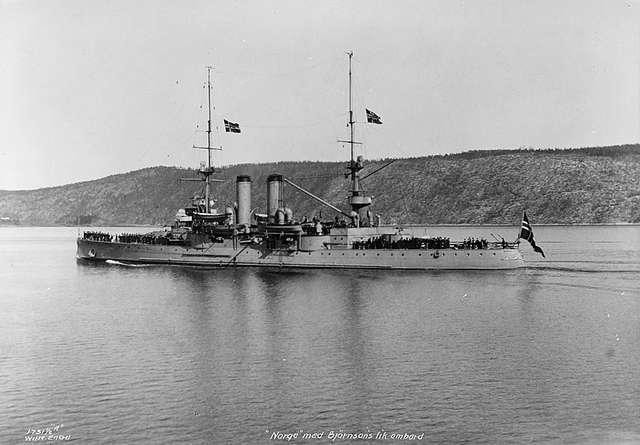
Coastal Battleship Norge (1900). 4 of such BS were in service, alongside two more of the older Haarfarge class. A powerful proposition for a coastguard.
 The Norwegian Navy in 1914
The Norwegian Navy in 1914
En 1905, the union between Norwegian and Swedish crown arrived to term, the former only possessing a rather small coastguard contingent of gunboats and TBs. Its limited industrial capabilities obliged the government to order its major units in UK, while Sweden was totally autonomous of foreign acquisitions. The Norwegian navy possessed a monitor, four coastal battleships, four gunboats, one destroyer and 12 Torpedo Boats in all, totalling 1000 active officers and sailors reinforced by 1000 conscripts. FY1914 Naval plan was more ambitious, aiming at a supplement of 3 destroyers, 3 TBs, 4 submersibles, and two more coastal battleships.
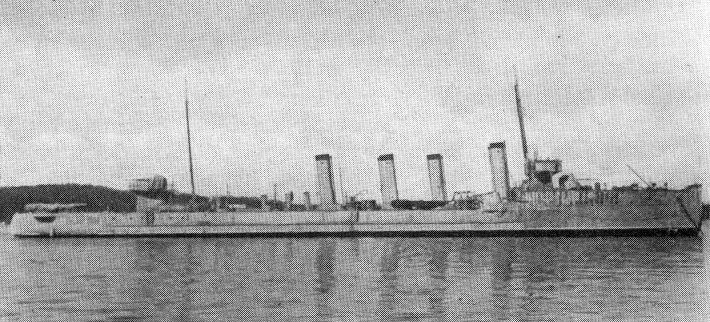
Draug class destroyers
Neutral for the duration of the war, Norway did not suffered of commerce disruption as much its freighter fleet was meager. Its most precious asset, iron, constituted the focal point of its neighbors. The Norwegian navy multiplied missions of minesweeping and coastal patrols. However, despite its well-known and well-shown neutrality, Norway leaned towards the allies. In 1916 indeed, she intercepted a precious German diplomatic suitcase, infected by germs destined to poison plasma bags en route for British casualties.
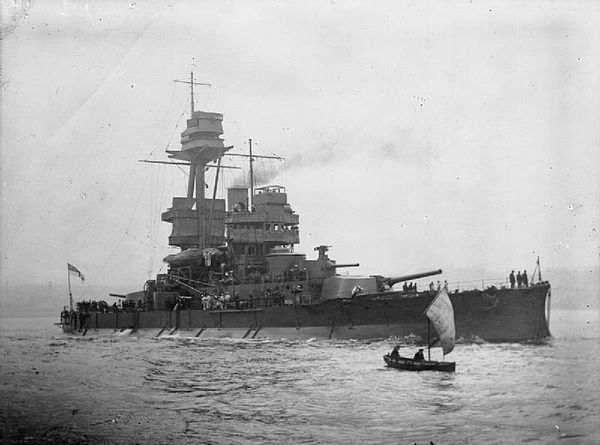
HMS Glatton: Formerly Nidaros class, ordered to UK in 1913 but requisitioned after the outbreak of war.
The British admiralty also tried in 1918 to drag more actively Norway into chasing U-boats, giving their precious latest acoustic equipment in exchange, but such proposal was rejected.
So here was the Norwegian naval strength in 1914:
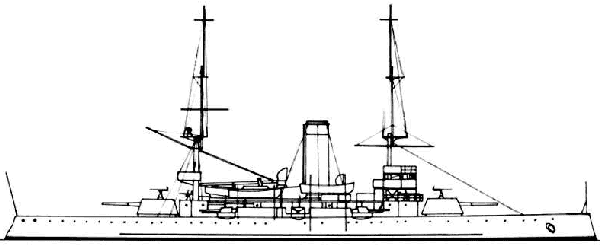
Tordenskjold profile
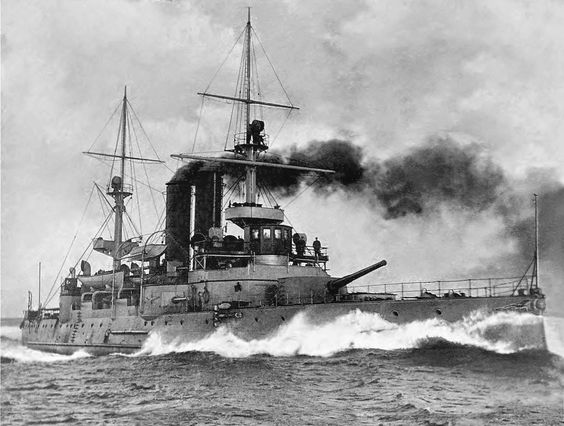
Norge class coastal battleships
-2 Cruisers: Frithjof (1895), Viking (1891). These two small tonnage ships has been rebuilt and rearmed in 1904-1908. Frithjof served as schoolship.

Frithjof cruiser profile (1895)
-4 Destroyers: 3 Draug (1908-13), single Valkyrjen (1896).
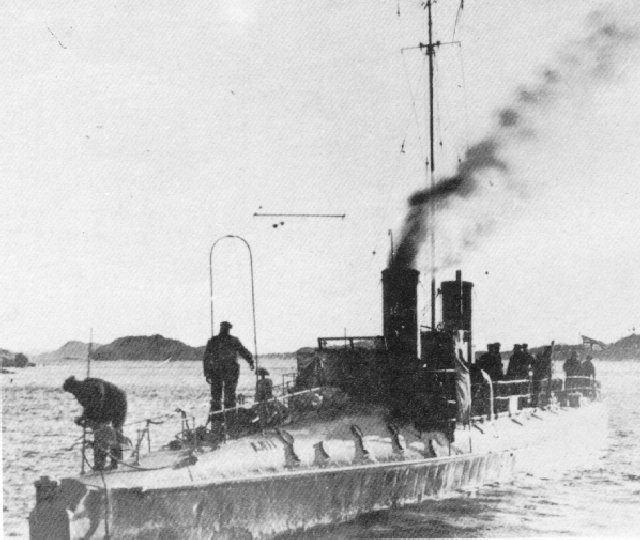
Kjell of 2nd class TBs
-40 Torpedo Boats:
1st class: 3 Teist (1906), 10 Hval (1896-1901).
2nd class: 5 Ravn (1903), 4 Hvas (1900), 8 Varg (1894), 3 Snar (1888), 4 Od (1882).
3rd class: Rap (1872), Ulven (1878), Myg (1899).
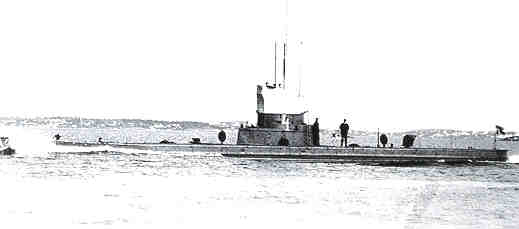
A4 class submarines
-4 Submersibles: Köbben (1909), three A2 class (1913), all built in Germany.
-11 Miscellaneous: Gunboat Aeger (1893), Ellida (1880), two Gor class (1884), five Vale class (1874), 2 Rjukan class (1860).
Until 1918, the Norwegian navy built Three Trygg class TBs, only achieved postwar, in 1919-21; gunboat Orkla (1917), minelayer Fröya (1916), and two Glommen class (1917).
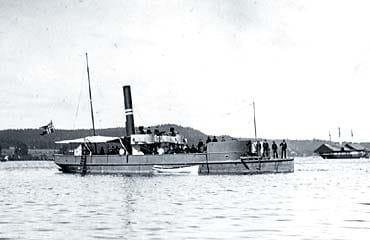
Vale class gunboats
The Swedish Navy
The end of Kalmar union between the Crowns of Norway and Sweden, was the result of count Bernadotte 1814’s active lobbying, recently ended in 1905. Sweden was left to control the Skattegat strait towards the Baltic, the eastern coast being controlled by the old rival from St Petersburg, the Russian Empire. Sweden however had the double chance to have a powerful industrial basis, and resources to go with these assets. Its story was comparable to the US Navy, althought on the smaller scale. The diet (Parliament) approved many coastal battleships recently that dwarved any comparable ships and were worthy of “pocket dreadnoughts”.
Already by far the most prominent Scandinavian naval power, Sweden was however still way below its European neighbours both in quantity and quality, making it only a regional naval power. Sweden innovated with submarines, noticeably those of Nordenfelt, produced by Bolinders Mekanika Verkstad and Nordenfelt, Karlsvik in Stockholm. In 1885 these submersibles made such an impression at an international naval exhibition that UK, Greece, Turkey and Russia bought some. They predated Holland and Laubeuf submarines by nearly 10 years.
This tradition endured and Sweden aligned a rather powerful fleet of submarines in 1914. Naval bases were located at Karlskrona (the main naval fortress, fortified in the Vauban style), plus six large drydocks for submersibles at Stockholm, forts and coastal batteries, three drydocks, a TB base at Göteborg. Two other bases were located at Farösund, Gotland and Hemsö Bothnia gulf. The navy was commanded by an admiral, split between the coastal force and the fleet, divided into squadrons. Coastal defense wasn’t limited to forts but also comprised numerous batteries well hidden into granit-built blockhaus, rail batteries, and minelayers.
(Other informations to come)

 Latest Facebook Entry -
Latest Facebook Entry -  X(Tweeter) Naval Encyclopedia's deck archive
X(Tweeter) Naval Encyclopedia's deck archive Instagram (@navalencyc)
Instagram (@navalencyc)





 French Navy
French Navy Royal Navy
Royal Navy Russian Navy
Russian Navy Armada Espanola
Armada Espanola Austrian Navy
Austrian Navy K.u.K. Kriegsmarine
K.u.K. Kriegsmarine Dansk Marine
Dansk Marine Nautiko Hellenon
Nautiko Hellenon Koninklije Marine 1870
Koninklije Marine 1870 Marinha do Brasil
Marinha do Brasil Osmanlı Donanması
Osmanlı Donanması Marina Do Peru
Marina Do Peru Marinha do Portugal
Marinha do Portugal Regia Marina 1870
Regia Marina 1870 Nihhon Kaigun 1870
Nihhon Kaigun 1870 Preußische Marine 1870
Preußische Marine 1870 Russkiy Flot 1870
Russkiy Flot 1870 Svenska marinen
Svenska marinen Søværnet
Søværnet Union Navy
Union Navy Confederate Navy
Confederate Navy Armada de Argentina
Armada de Argentina Imperial Chinese Navy
Imperial Chinese Navy Marinha do Portugal
Marinha do Portugal Mexico
Mexico Kaiserliche Marine
Kaiserliche Marine 1898 US Navy
1898 US Navy Sovietskiy Flot
Sovietskiy Flot Royal Canadian Navy
Royal Canadian Navy Royal Australian Navy
Royal Australian Navy RNZN Fleet
RNZN Fleet Chinese Navy 1937
Chinese Navy 1937 Kriegsmarine
Kriegsmarine Chilean Navy
Chilean Navy Danish Navy
Danish Navy Finnish Navy
Finnish Navy Hellenic Navy
Hellenic Navy Polish Navy
Polish Navy Romanian Navy
Romanian Navy Turkish Navy
Turkish Navy Royal Yugoslav Navy
Royal Yugoslav Navy Royal Thai Navy
Royal Thai Navy Minor Navies
Minor Navies Albania
Albania Austria
Austria Belgium
Belgium Columbia
Columbia Costa Rica
Costa Rica Cuba
Cuba Czechoslovakia
Czechoslovakia Dominican Republic
Dominican Republic Haiti
Haiti Hungary
Hungary Honduras
Honduras Estonia
Estonia Iceland
Iceland Eire
Eire Equador
Equador Iran
Iran Iraq
Iraq Latvia
Latvia Liberia
Liberia Lithuania
Lithuania Mandchukuo
Mandchukuo Morocco
Morocco Nicaragua
Nicaragua Persia
Persia San Salvador
San Salvador Sarawak
Sarawak Uruguay
Uruguay Venezuela
Venezuela Zanzibar
Zanzibar Warsaw Pact Navies
Warsaw Pact Navies Bulgaria
Bulgaria Hungary
Hungary

 Bundesmarine
Bundesmarine Dutch Navy
Dutch Navy Hellenic Navy
Hellenic Navy Marina Militare
Marina Militare Yugoslav Navy
Yugoslav Navy Chinese Navy
Chinese Navy Indian Navy
Indian Navy Indonesian Navy
Indonesian Navy JMSDF
JMSDF North Korean Navy
North Korean Navy Pakistani Navy
Pakistani Navy Philippines Navy
Philippines Navy ROKN
ROKN Rep. of Singapore Navy
Rep. of Singapore Navy Taiwanese Navy
Taiwanese Navy IDF Navy
IDF Navy Saudi Navy
Saudi Navy Royal New Zealand Navy
Royal New Zealand Navy Egyptian Navy
Egyptian Navy South African Navy
South African Navy






























 Ukrainian Navy
Ukrainian Navy dbodesign
dbodesign